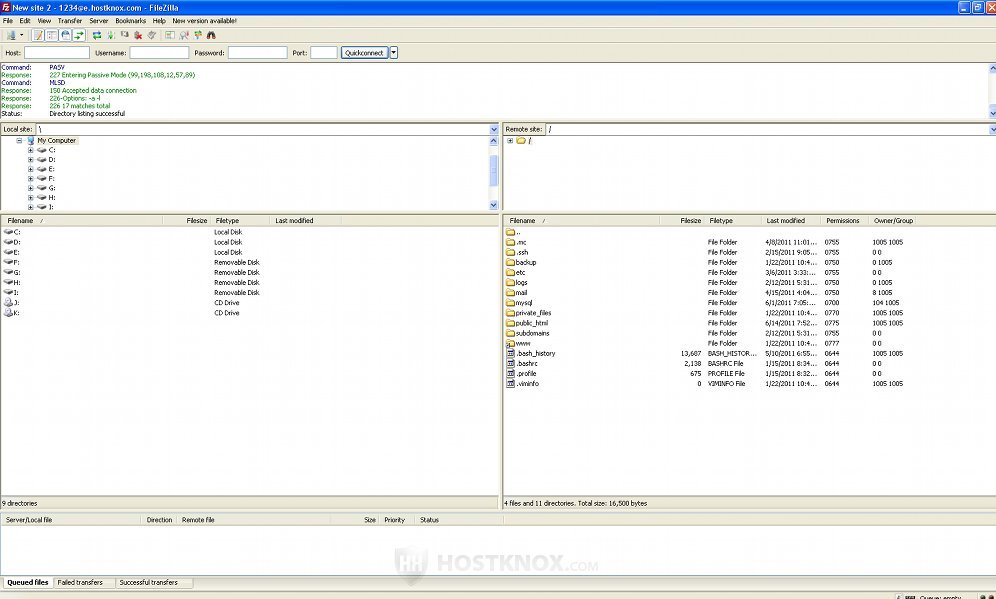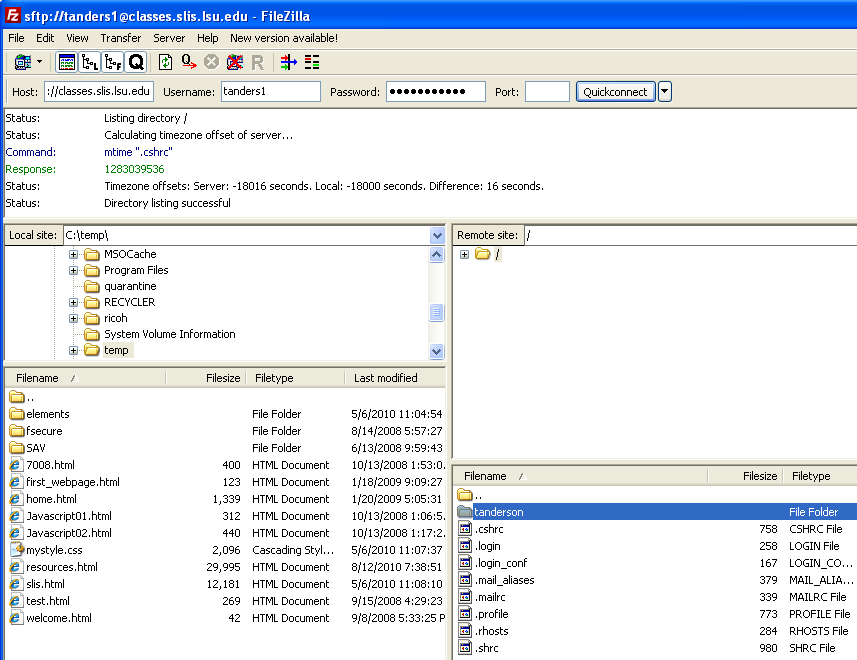

So I can double click on files here and there's plans_for_world_domination. In fact you can even see I'm on my desktop right here and you can see Timmy.docx right there. Now, what you're seeing here is this is my computer over here. I'm going to type in port 21 cause that's the port I'm using. I'm going to make a shorter one next time. So I actually have to type in either the IP address or the fully qualified domain. So let's fire up FileZilla and log into my FTP server. Anyway, so what I'm going to do is I'm going to fire up FileZilla and I've actually set up a much more robust FTP server.

FTP was cloud storage before cloud storage was cool. But I want to be able to upload things and I want to make folders and do all kind of cool stuff like that and kind of use it as a central repository. The FTP site that we just saw is basically just a download only site. Now not only do I have a robust FTP client but I also have a much more robust FTP server. But if you want to do really robust FPT, you're going to have to get an FTP client. So pretty much every web browser is an absolutely fantastic FTP client in and of itself.

What you're looking at here is an FTP site. This is not HTTP, do you see this? This says FTP, colon, whack, whack. What I want you to look at very careful is look where I'm linked into. Luckily for us, every web browser on earth is an FTP client.

Now, if you're going to be doing FTP, well first of all you need an FTP client. Now FTP in its most simple mode uses port 21 and it's a pretty straight forward process. Now, before the web was popular, there was an another way to move files around on the internet called file transfer protocol or FTP. We open up a web browser, we see some kind of link and it says download, we click on it and it goes into our download folder off of our web browser. Downloading a file on the internet today is usually pretty easy.


 0 kommentar(er)
0 kommentar(er)
